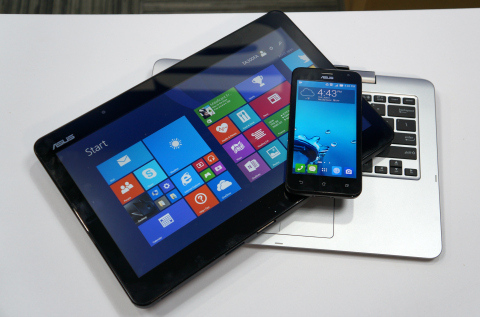Work meetings are an excellent opportunity to know the status of your company's operations, identify conflicts and be able to solve them before they alter your projects; however, meetings can turn into a nightmare if you don't have a proper strategy or if they happen just out of habit
According to the software firm, AtlassianMeetings are often used by managers to feel busy, without getting anything specific when they are finished. Even 47% of workers complain that meetings are a waste of time. On the other hand, company data Expanding confirm that the so-called 'updates' Unproductive activities can cost companies up to 700 thousand pesos per year, because they involve directors, managers and high-ranking employees.
Keeping a minute on the topics that were discussed, the issues that were discussed, or the results that were communicated will ensure that staff know about it and perform their duties, even if they were not present at the meeting.
How to start?
Take care of the data
If the purpose of the minute is to maintain order, it would be a contradiction if you did not elaborate it with certain features that allow its clear understanding. You must record the date, time, place, type of meeting, area, participants, name of the person who moderated or directed the meeting, if it is monthly, weekly, if it is a specific topic or the continuation of a project; in this way you will avoid information biases and the document will be easy to retake.
If suddenly a large number of people are attending the meeting, you can use forms for all participants to sign and then attach it to the final version of the meeting minutes.
Propose an agenda
Prior to the meeting, it is necessary for those responsible to meet to develop the points that will be played at the times indicated for it. It is recommended that you name a person responsible for the minutes to record the progress and take the time for each part of the issue, in this way he will act as a moderator and will prevent those involved from falling into repetitions or delaying other matters.
The moderator should have an outgoing profile who dares to interrupt and silence participants when time is up between each topic.
Select specific topics to discuss
It is about describing the actions that will be discussed within the meeting. If you include topics that are not absolutely essential or that become repetitive, the meetings will not advance.
At this point it is crucial that you focus on the main problem, place in the minute if an agreement was reached regarding the issue in question, if it could not be discussed in its entirety, it must be recorded, in order to be documented for the next meeting.
Make a plan based on the findings
You must record the procedures to be carried out, assign responsibilities and delegate as each case may be. Remember to agree on the time established for the execution of each task and conclude the end of the meeting by noting the time.
"For this part there are many tools that can digitize the minutes, applications like Monday or Asana allow you to record all those tasks .. Even Google Calendar can benefit planning by setting reminders or assigning the date for the next meeting," says Navarro.
Finally, it is very useful to include a list or outline of the pending activities that have arisen from the meeting and that makes it possible to clearly identify who will be responsible for them, their deadlines and their progress. In this way, the minutes will serve not only as a recording instrument for the meeting, but also to give it adequate follow-up in the future.
**














[…] At Webirix we have previously written the tips for having more productive meetings and how to have a successful meeting. […]